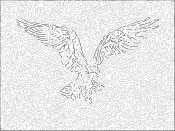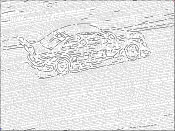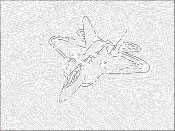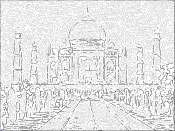The birth of a new type of maze...
In recent years, mazes have seen sort of a comeback in the form of picture mazes, which represent an image by either placing maze walls according to its features, or by using the solution path of the maze as a means to represent a rough version of the image in question.

|

|
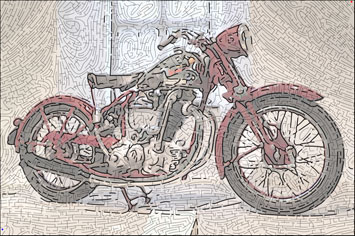
|
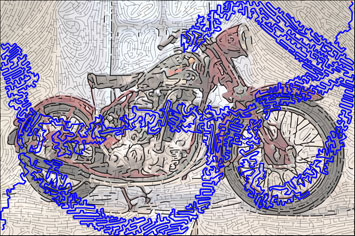
|
| A hybrid maze of a motorcycle and a pair of sunglasses | |
In this research project, we introduce Hybrid Picture Mazes, a new type of maze capable of combining two different images in order to create a single maze. The first image is used to determine the placement of walls in the maze, while the second one is used to guide the solution of the maze.
Our strategy for creating such type of mazes starts by extracting the most significant edges of the first image and subsequently creating a grid based on the flow of the edge tangents.
| Original image | Detected contours | Edge flow | Resulting grid |

|
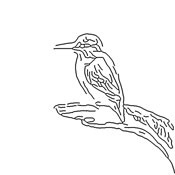
|
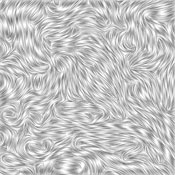
|
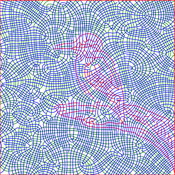
|
| Overview of the grid generation process | |||
The features of the second image are then extracted and used in conjunction with the previously generated grid in order to create the solution path. This is achieved by filling grid cells corresponding to the edges and low-intensity areas of the second image with a non-intersecting continuous path.
| Secondary image | Feature-based cycle | Final hybrid maze | |

|
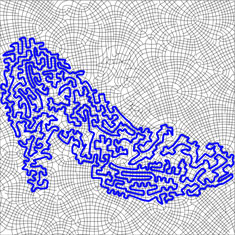
|
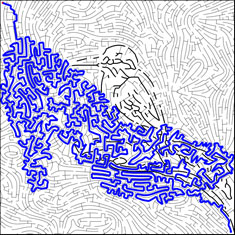
|
|
| General idea of the solution path generation process | |||
Additional measures are taken in order to prevent mazes from being too difficult or too easy to solve.
Please refer to the paper for more details on how to create these mazes.
